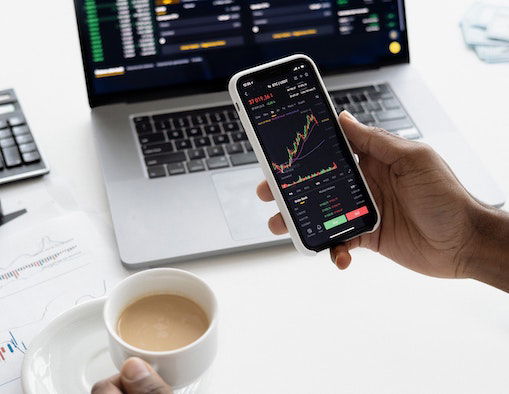4-minute read
I'm a realist: currency risk isn't glamorous. But it's worth spending a few minutes to understand the basis to know your transaction risk from your translation risk.

There are 3 types of currency exposure that businesses face
1. Transaction Risk
- Arises from buying and selling activities (transacting) in different currencies
- Impacts cash flow and the operating margin
- Typically occurs due to the time difference between an order and receipt of funds
- E.g. a UK firm importing from China suffers if the pound falls vs the USD or CNY
2. Economic Risk
- Describes the risk to a company's market value caused by exchange rate changes
- Rate changes impact a company's competitiveness, future cash flows, and value
- E.g. a UK firm exporting to the ROI may be less competitive if GBP gains vs EUR
3. Translation Risk
- Also known as accounting exposure
- The risk that assets or liabilities change in value due to exchange rate changes
- Typically occurs when translating the financial statements of a foreign operation
- The foreign op's functional currency differs from the parent's presentation currency
- E.g. a UK firm has a French subsidiary (EUR) which consolidates to GBP
I have risk: where do I start?
Hold your horses Gordon Gekko, managing transaction risk doesn't necessarily mean having to enter FX trades...

Try to look for opportunities to internally manage the risk before placing FX deals
1. Shift the risk to the other party by only transacting in your own currency
2. Match and offset the exposure e.g. foreign currency sales to offset costs
3. Net group exposures e.g. income from a subsidiary nets with the parent's costs
Enter The Derivatives
If you can't shift, match, or net the exposures then you'll need to use financial instruments to hedge your risk.
Here's an idiot's introduction to what's available to you:
- Spot – buy now, pay now
- Forward – buy now, pay later
- Swaps – exchange currency A for B now, then the reverse later
- Options – buy now, choose to pay later if you wish (hence, "option")
Most folks use a combination of Spot and Forwards, but Options are becoming increasingly popular and can be used to create highly customised arrangements.
For more than the introductory guide, just ask us for help!
What about translation risk?
Usually managed through derivative financial instruments such as swaps and forwards. It's best you speak to us about the appropriateness, benefits, and costs of translation exposure hedging.
If you need a hand...
We'd be very happy to support you in identifying your risks, deciding on the most critical risks to manage and how, and providing a framework and trading facilities to get on with it...
Oku Markets is a full service consultant and FX business covering all the products named above and with years of experience in advising businesses on their FX risk. Drop us a line on 0203 838 0250 or [email protected]

